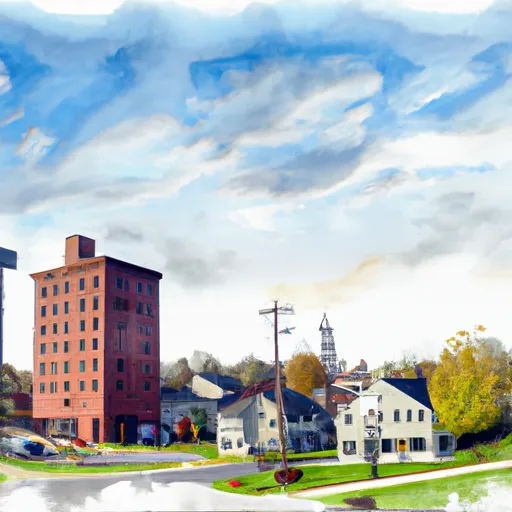°F
°F
mph
Windspeed
%
Humidity











Stewart, Ohio is a small village located in Athens County in southeastern Ohio. The village experiences a humid continental climate characterized by warm summers and cold winters. Summers are typically mild to warm with average temperatures ranging from 70°F to 85°F. Winters are usually cold with temperatures ranging from 20°F to 40°F. The area receives moderate precipitation throughout the year, with the wettest months being May and June.
Stewart is surrounded by beautiful natural landscapes, with the Hocking River flowing through the village. The hydrology constituents in this area include the Hocking River and its tributaries, which provide opportunities for fishing, boating, and other water-based activities. The scenic forests and rolling hills surrounding Stewart offer great hiking and camping opportunities.
Outdoor enthusiasts can explore nearby Wayne National Forest, known for its diverse wildlife and recreational activities such as hiking, mountain biking, and horseback riding. The Athens County area also offers opportunities for hunting, bird-watching, and wildlife photography.
Stewart, Ohio, with its pleasant climate, picturesque waterways, and abundant outdoor recreation opportunities, provides a charming escape for nature lovers and those seeking outdoor adventures.
Weather Forecast
Stewart receives approximately 1045mm of rain per year, with humidity levels near 81% and air temperatures averaging around 11°C. Stewart has a plant hardyness factor of 6, meaning plants and agriculture in this region thrive during a short period during spring and early summer. Most plants will die off during the colder winter months.
Regional Streamflow Levels
1,420
Cubic Feet Per Second
8
Cubic Feet Per Second
5
Cubic Feet Per Second
17
Cubic Feet Per Second
Nearby Camping
| Camping Area | Reservations | Toilets | Showers |
|---|---|---|---|
| Chief Logan State Park |



